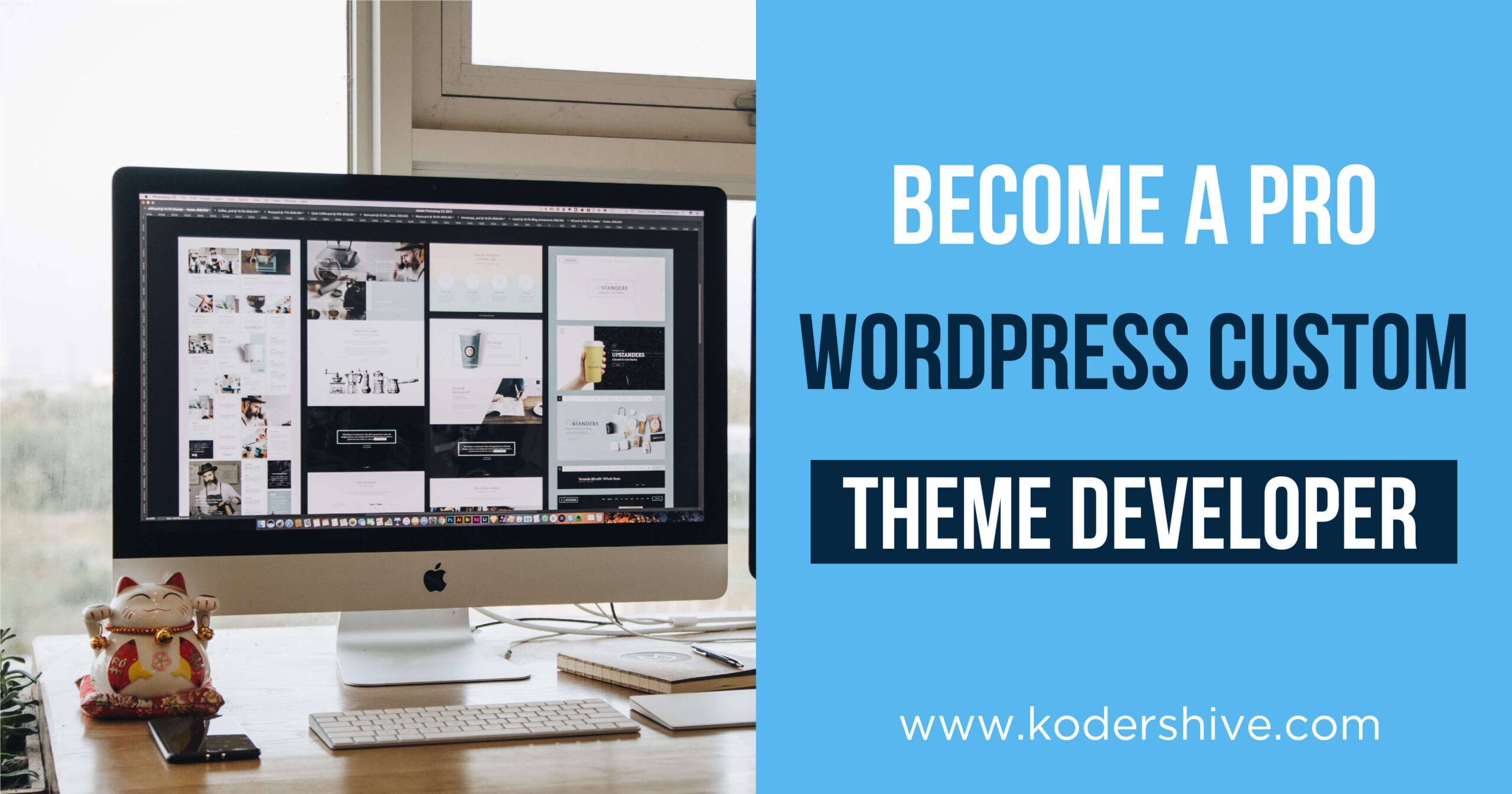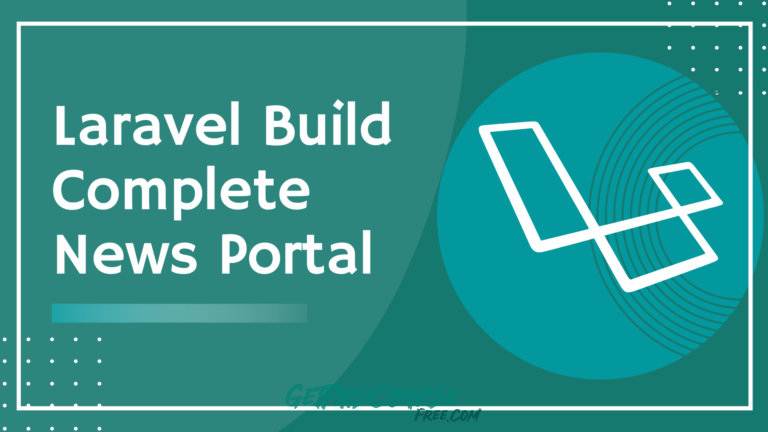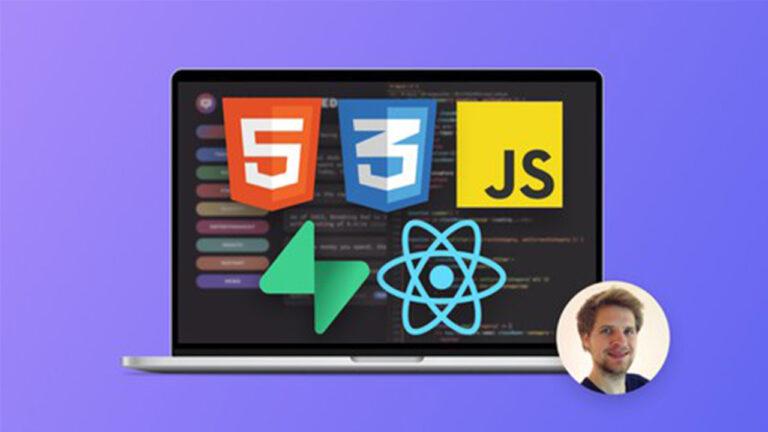Become a Pro WordPress Custom Theme Developer
Become a Pro WordPress Custom Theme Developer
This course shows you how to turn any HTML, CSS template into a fully functional Custom WordPress Theme in a simple step-by-step way.
What you’ll learn
Become a Pro WordPress Custom Theme Developer
How To Download Course With Smartphone
- You will learn how to change any HTML, CSS, or Bootstrap template into a Custom WordPress Theme.
- In this class, you will learn how to use WordPress as a content management system.
- You will learn how to make and use your own post types.
- You will learn how to make and use your own taxonomy type.
- Make and use custom fields on your Custom Post Type by reading this text.
- You will learn how to make your own sidebar widgets and use them on a different theme.
- You will learn how to make your own FrontPage and Page templates with and without sidebars.
- Learn how to use WordPress starter theme templates like Underscore and Understrap to make your own site look good.
- You will learn how to set up WordPress in a way that makes it work with a custom theme.
- You will put the files and folders of the custom WordPress theme in the right place.
Requirements
- HTML and CSS are the basics of how to write HTML and CSS.
Description
In the steps below, we’ll learn everything one at a time.
- 1.1-Getting the software xampp and vs code set up.
- 1.2-Getting the WordPress engine
- WordPress config and database are set up in 1.3
- In this part, you’ll set up WordPress through its installer.
- 1.5-What is a “content management system,” and what is it used for?
- Take a closer look at WordPress in this part:
- 1.7-A detailed tour of the WordPress backend.
- Static HTML template 1.8: Downloading the template
- The 1.9-Static Html template is shown.
- 2.1: Making all the files for the theme.
- Second, we’ll change the static HTML template to fit our theme’s layout.
- The next step is to move all of the static markups to the header.php Front page and footer.php are both in the same file
- 2.4-Setting up the theme information and the image that shows the preview of the theme you want to use.
- Copying the main.css to the style.css of the theme is step number 2.5.
- This is what 2.6-wp head and wp footer do.
- 2.7: Add the header and footer to the front page by enqueuing the style file.
- 2.8-add all the javascript files to the queue.
- Adding the body class function to the header file in step 3.2
- 3.3- Making the site title, website link, and description of your site change as you make changes to it.
- 3.4-Showing a website logo that was uploaded through the dashboard.
- 3.5-Making the navigation menu items change.
- Styling the main menu and submenu
- 3.7-Removing unnecessary sections from the Footer.
- 3.8-Putting the Main Sidebar in a functions PHP file.
- 3.9-Putting 3 footer widgets in a PHP file called functions.
- 3.10: Calling footer widgets and passing dynamic content from the Dashboard to them.
- WordPress dashboard posts can be retrieved by using WP Query to get them from the site.
- It’s easy to make posts from the dashboard.
- 4.3-Show Post Info for each Post.
- 4.4-Creating a new post type
- On the front page, there is a 4.5-loop over a custom post type.
- 4.6-Showing portfolio information for each portfolio and doing wp-reset-postdata for each portfolio. You Can Learn Udemy – How to Make an App for Android and iOS without coding [Figma]
Who this course is for:
- All those people who want to become a Pro WordPress Custom theme Developer.
Download any problem join the group and tell your problem Facebook Or Comment Us Join our telegram group
How to Download Our Course With Desktop









